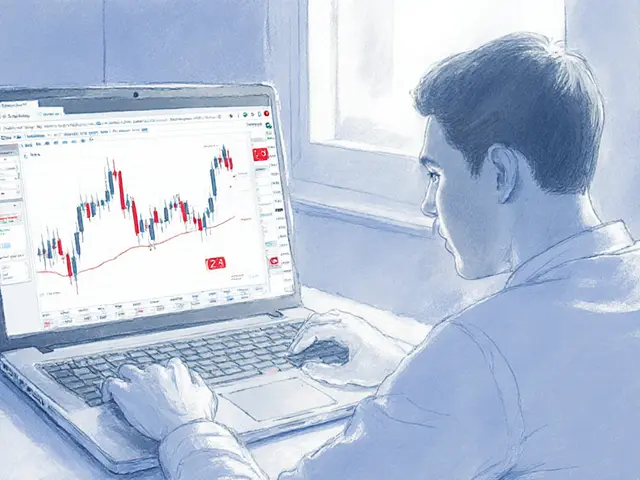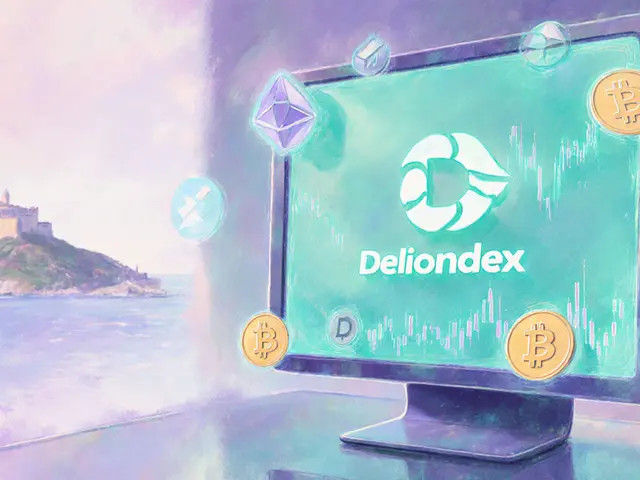VALR Fees – A Plain‑English Breakdown
When looking at VALR fees, the charges applied by the South African crypto exchange for trades, deposits, and withdrawals. Also known as VALR fee schedule, they affect every transaction you make on the platform. Understanding these costs helps you keep more of your crypto and avoid surprises.
At its core, a crypto exchange, a digital marketplace where you buy, sell, or trade cryptocurrencies earns money through a trading fee structure, the set of rules that determine how much you pay per trade. VALR follows the common maker‑taker model, a pricing system where makers add liquidity and pay lower fees, while takers remove liquidity and pay higher fees. This means if you place a limit order that sits on the order book, you’re a maker and usually get a lower rate; if you execute immediately against an existing order, you’re a taker and pay a bit more.
Key Components of VALR Fees
VALR’s fee schedule breaks down into three main parts: trading fees, withdrawal fees, and deposit fees. Trading fees start at 0.08% for makers and 0.12% for takers on spot markets, sliding down as your 30‑day trading volume climbs. Withdrawal fees are flat per coin – for example, Bitcoin costs 0.0005 BTC to move out of the platform, while stablecoins like USDT often have a $1 fee. Deposits are generally free, but you might pay network fees if you send assets from another wallet.
Another important piece is the exchange fee comparison you can do across platforms. When you stack VALR against peers like Binance, Coinbase, or local rivals such as Luno, you’ll notice that VALR’s maker rates are competitive, especially for high‑volume traders. However, some competitors offer zero‑fee promotions for certain pairs, which can tip the balance if you trade those assets frequently.
Fee transparency also matters for tax reporting and cost‑basis calculations. VALR provides a CSV export of all fees incurred, making it easy to feed the data into tools that track your crypto gains and losses. Knowing exactly what you paid per trade helps you file accurate crypto tax returns, whether you’re in South Africa or any other jurisdiction.
In practice, you can lower your overall cost by combining a few strategies: use limit orders to act as a maker, consolidate withdrawals to reduce flat‑fee hits, and trade during low‑volume periods when the spread is tighter. Some users also keep a small amount of the exchange’s native token (if available) in their account to qualify for fee discounts, a feature seen on many larger exchanges.
Below you’ll find a curated set of articles that dive deeper into related topics – from detailed exchange reviews and fee‑by‑fee breakdowns to guides on how to become a validator or navigate tax obligations. Each piece adds a layer to the overall picture of what paying fees on VALR really looks like and how you can optimize your crypto activity.

An in‑depth 2025 review of VALR crypto exchange covering fees, security, features, user experience and how it stacks up against global rivals.
Jonathan Jennings Mar 14, 2025




